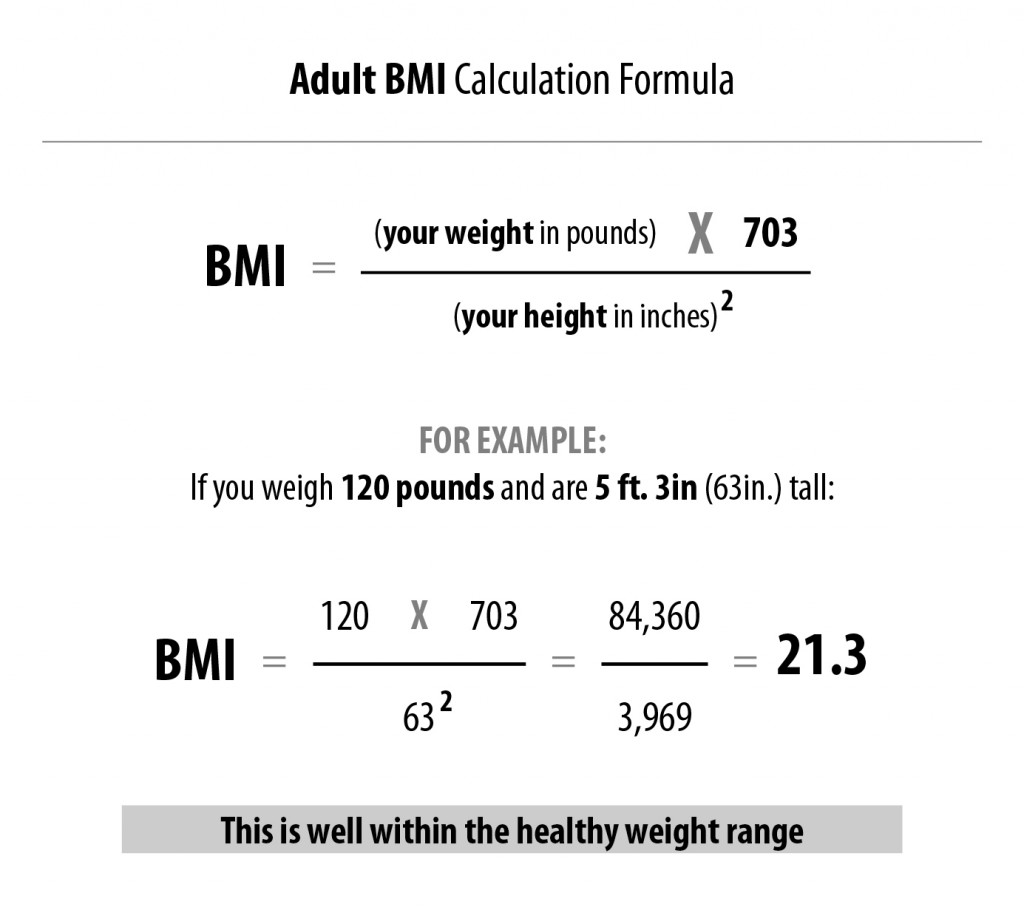Some of the Health Risks Associated with Obesity
Doctors have recently announced that obesity in the UK is reaching epidemic proportions and are extremely concerned it is doing so. In fact the number of people in the UK that are considered obese has trebled over the past 25 years.
What classifies a person as obese?
There are a number of classification parameters for anybody to be informed they are obese. Being obese basically means that a large portion of your body mass is fat and that you are considered overweight for your height and body type. A person is considered obese if they are very overweight with a high degree of body fat. Two common routes to the assessment of obesity are skinfold thickness and the use of body mass index (BMI).
Start Your Weight Loss Journey Today!
Get in touch today for a free consultation with a weight loss specialist.
The main causes of obesity.
There has been large consensus on the factors that are driving the increasing percentage of obese people throughout the UK.
- Aggressively marketed, cheap, fast food that is often high in energy is readily accessible.
- Sedentary lifestyle approaches as people are much less active than they were in the past. Hobbies and leisure pursuits as well as jobs are now usually done sat down.
- Higher dependence on cars and public transport to move from A to B rather than walking.
Worse for the country than smoking?
There has been a lot of disagreement about the overall impact of obesity on the country with many experts believing obesity is more responsible for general ill health that the effects of smoking. Even if this is not the case being overweight is certainly linked to a plethora of health issues such as:
- Diabetes
- Heart disease
- High blood pressure
- Arthritis
- Indigestion
- Gallstones
- Some cancers (eg, breast and prostate cancers)
- Snoring and sleep apnoea
- Stress, anxiety, and depression
- Infertility
- BMI – A common formula
The Body Mass Index which is commonly known as BMI is used by most weight loss specialists to check for obesity levels. BMI is basically calculated by dividing your weight in kilos by your height in metres squared. Whilst this method is not foolproof and doesn’t apply correctly to bodybuilders who have large muscle mass instead of fat a BMI of above 25 classifies you as overweight with a BMI of 30-40 putting you in the obese category.
From Wikipedia
“The body mass index (BMI), or Quetelet index, is a measure for human body shape based on an individual’s weight and height. It was devised between 1830 and 1850 by the Belgian polymath Adolphe Quetelet during the course of developing “social physics”.” – http://en.wikipedia.org/wiki/Body_mass_index
BMI Formula.

There has been a proposal for updating the way BMI is calculated which takes into account more height extremes.
Alternative obesity measurement.
There is also another commonly used measurement of obesity which is to take a waist measurement of the patient. This is because fat deposits collecting around the wait area are much more linked to evenly distributed fat around the rest of the body.
This helps take into account people who are just bigger all round and not necessarily obese. Women who have a waist measurement of 80cm or more along with men who have a waist of 94cm or more are considered more likely to develop the health problems related to obesity.
Stats on the obesity impact in the UK.
- 2011 data from England shows 24.8% of adults plus 16.3% of children are obese
- 2010 data from Scotland shows 27.4% of adults plus 14% of children are obese
- Recent Government report claimed obesity will cost the NHS £6.4bn per year by 2015
(adult = ages 16+) (children = ages 2 -15)

